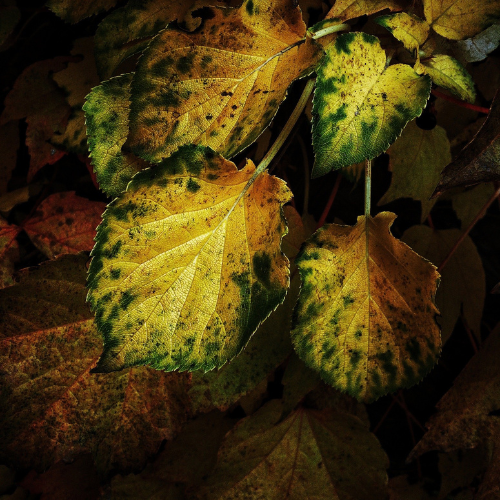
Why Do Plant Leaves Turn Yellow? Here’s How You Can Fix It!
Noticing yellow leaves on your plants? Let’s figure it out! You bring home a new plant, give it the best spot, water it with care, and admire its fresh green leaves. But one day you see that the leaves on your plant are turning yellow, and you wonder, "What's going on?!" Don't worry, it happens to all friends! The yellow leaves on your plant are only an indication that something is amiss. The good thing? Fixing it is usually easy. Let's look at the problem and figure out how to fix it.
Your Plant Feels Like It's Drowning Due to Too Much Water
Imagine spending the entire day in socks that are drenched. Not enjoyable, isn't it? When your plant sits in too much water, it feels just as bad. The most common cause of yellow leaves is overwatering.
How to Determine Whether the Issue Is Overwatering: Even days after watering, the soil still feels damp.
If you notice these signs, it’s time to fix the watering routine and give your plant some breathing space!
How to Fix It:
Before watering, check the soil by sticking your finger in about an inch deep—if it’s still damp, wait. Make sure your pot has drainage holes. If the roots are damaged, trim the mushy ones and repot in fresh soil.
Not Enough Water – Your Plant Is Thirsty!
On the other hand, if you’re forgetting to water, your plant could be dehydrated. Imagine how exhausted and weak you feel on a sweltering day when you don't drink enough water. The same is true for plants!
The crispy, dry edges of the leaves are a sign that your plant needs more water. The dirt feels very dry and separates from the pot. The entire plant appears lifeless.

How to Fix It:
Soak it thoroughly until the water runs off the bottom. If the top two inches of soil are dry, it's time to water. Check the soil frequently. Establish a watering schedule, but modify it according to the demands of your plant and the weather.
Insufficient Nutrients: Plants Also Require Food Like Us
Just like we require vitamins and minerals, plants also require a specific collection of nutrients. Their leaves will turn yellow to indicate that they need assistance if they aren't receiving enough.

How to Fix It:
Use a balanced liquid fertilizer that includes nitrogen, phosphorus, and potassium. If you suspect an iron deficiency, use an iron-rich fertilizer. Repot your plant every year or refresh the soil to keep nutrients flowing.
Too Much Sun or Not Enough? Finding the Right Balance
Imagine standing in the blazing sun without sunscreen—it’s not pleasant! Too much direct sunlight can scorch your plant’s leaves. On the flip side, keeping it in a dark corner can make it weak and yellow too.

Signs of a Light Problem: Brown, crispy patches along with yellowing (too much sun). pale leaves, weak stems, and sluggish growth due to little light.
How to Fix It:
Moving your plant to a place with bright, indirect sunlight is the answer. Rotate it every few weeks to make sure both sides get the same amount of light. If there isn't enough natural light in your location, consider using a grow light.
Pesky Bugs – Tiny Troublemakers
Sometimes, little critters like spider mites, aphids, or whiteflies are feasting on your plant, making it weak and yellow.

Pests can be identified by their bite marks or tiny holes in leaves. Sticky residue on foliage is a sign of aphids. little insects hiding under the leaves.
How to Fix It:
Use a moist towel and a little soap to wipe the leaves. To keep pests away, use insecticidal soap or neem oil. To prevent the bugs from spreading, isolate the afflicted plants.

Conclusion: Can You Hear What Your Plant Is Saying?
A yellow leaf is only your plant's little warning sign—it doesn't mean it's over! With a little care and a few easy fixes, you can get your green friend healthy again. The next time you see a yellow leaf, don't panic; just go over this list and take the appropriate action. Have you prevented the yellowing of a plant? Leave a comment with your advice! And do share this guide with other plant enthusiasts if it was helpful!